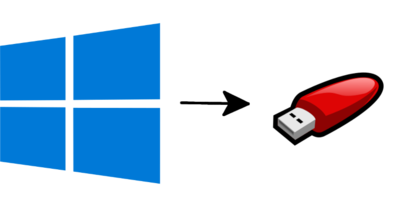
Just a quick one today. I've recently needed to use Windows to try and update the display panel on my laptop to disable Content Adaptive Brightness. It took a while for me to find a way to install Windows on to a thumb drive and be able to boot from it, until I saw this on Stack Exchange. It describes a way to do exactly that using Virtualbox, and some common Linux command line tools and utilities.
The steps
You'll need at least a 16GB USB thumb drive to be able to copy a Windows install to. You will also want to be sure you have virtualbox and gparted installed.
The first part of this process is to download Windows 10 installation media tool and be sure to download it as an ISO. After it has downloaded, you can use this ISO to create and install a Windows virtual machine (VM) in virtualbox.
Once this is done, go to the folder of the Windows (VM) on your host and create an image of the vdi file:
$ VBoxManage clonehd ["Windows 10.vdi"] ["win10.img"] --format RAWNow you can use dd to write the image to the USB stick:
$ sudo dd if=[win10.img] of=[/dev/sdc] bs=4M status=progressBe sure you point to the right device, if in doubt use lsblk to list all block devices.
Finally you can use gparted to fix the integrity and resize the partition, if needed.
As I say, this was just a quick note about how to do this little trick, which I found useful. Hope someone else might too.
Post a comment